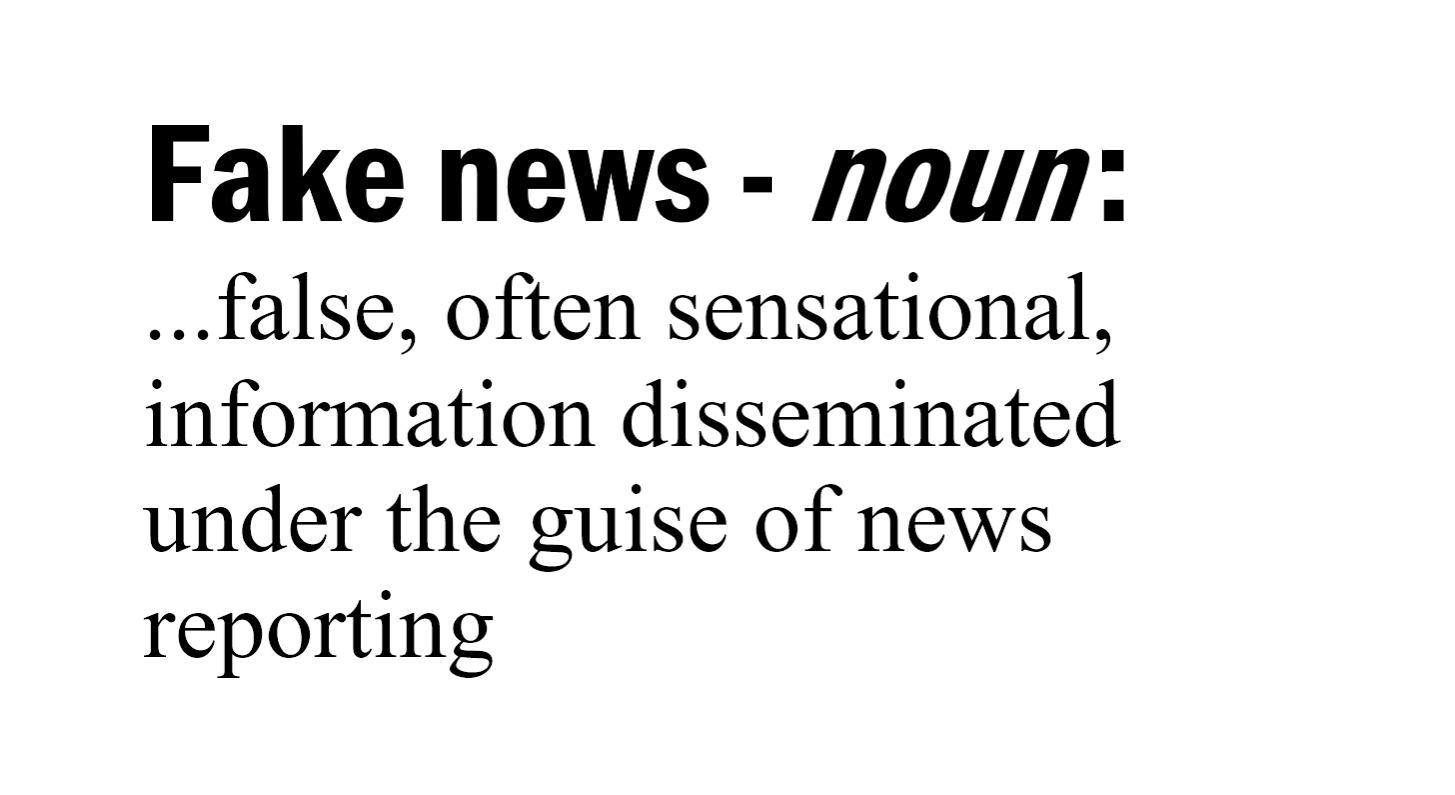Colophon
The arrangement Disinformation and fake news training is made with Wikiwijs of Kennisnet. Wikiwijs is an educational platform where you can find, create and share learning materials.
- Author
- Last modified
- 2025-05-23 12:09:12
- License
-
This learning material is published under the Creative Commons Attribution 4.0 International license. This means that, as long as you give attribution, you are free to:
- Share - copy and redistribute the material in any medium or format
- Adapt - remix, transform, and build upon the material
- for any purpose, including commercial purposes.
More information about the CC Naamsvermelding 4.0 Internationale licentie.
Additional information about this learning material
The following additional information is available about this learning material:
- Description
- The aim of this training is to teach how to recognize and distinguish different types of fake news and disinformation, and to be able to name the negative effects and dangers of these. This information skills training is intended for students and teachers.
- End user
- leerling/student
- Difficulty
- gemiddeld
- Learning time
- 4 hour 0 minutes
Used Wikiwijs arrangements
Team Informatievaardigheid Hogeschool Rotterdam. (z.d.).
Training desinformatie en nepnieuws
https://maken.wikiwijs.nl/188573/Training_desinformatie_en_nepnieuws


 We live in a time where information is readily and widely available, spread faster than ever befoe and through an increasing amount of channels. This applies to information you use for your work, study and private life.
We live in a time where information is readily and widely available, spread faster than ever befoe and through an increasing amount of channels. This applies to information you use for your work, study and private life.